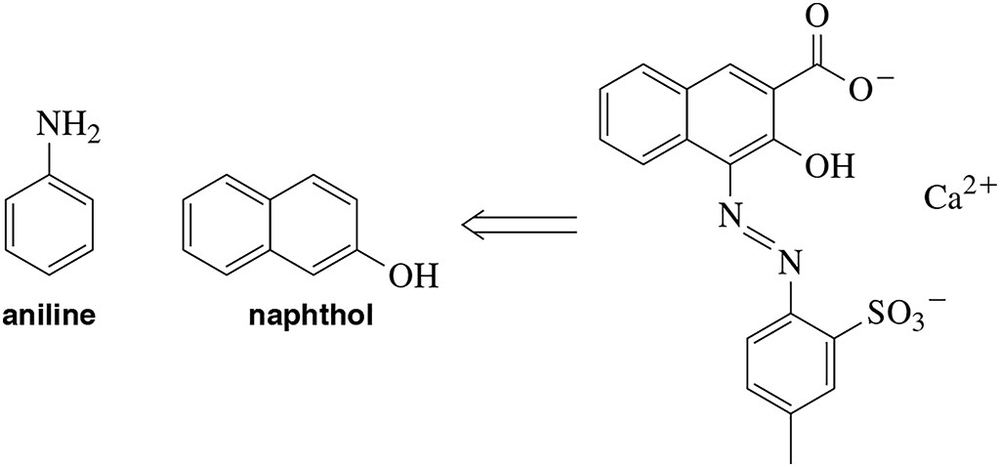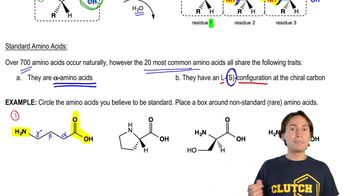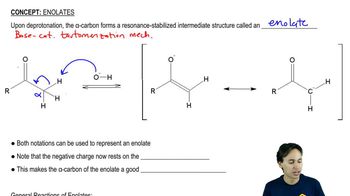Here are the essential concepts you must grasp in order to answer the question correctly.
Amino Group Reactivity
The amino group (-NH2) in aniline is a strong nucleophile, making it highly reactive in electrophilic aromatic substitution reactions. Understanding how to introduce substituents onto the aromatic ring of aniline is crucial, as the amino group can direct new substituents to ortho and para positions, influencing the overall structure of the final dye.
Recommended video:
Naphthol Chemistry
Naphthol, which contains a hydroxyl group (-OH) on a naphthalene ring, can participate in various reactions, including electrophilic substitutions and coupling reactions. The position of the hydroxyl group affects its reactivity and the types of reactions it can undergo, making it essential to consider when planning the synthesis of the dye.
Recommended video:
Introduction to General Chemistry Review
Dye Formation Mechanism
The synthesis of dyes often involves coupling reactions between aromatic amines and phenolic compounds. Understanding the mechanism of these reactions, including the formation of azo bonds and the role of catalysts or conditions, is vital for successfully synthesizing the desired dye structure from aniline and naphthol.
Recommended video:

 Verified step by step guidance
Verified step by step guidance Verified video answer for a similar problem:
Verified video answer for a similar problem:



 0:43m
0:43m